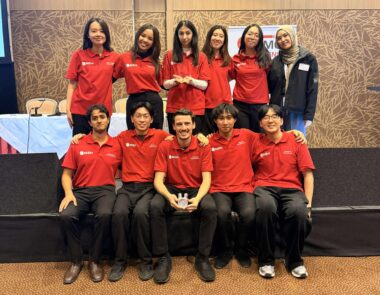Researchers at Monash University have developed a group of low-cost solid materials that show great promise for use in systems to capture excess carbon dioxide (CO2) directly from the atmosphere.
Known as “meso-macroporous melamine formaldehyde (MF)”, the new materials can be made relatively easily from the common and low-cost chemicals melamine and formaldehyde and have extra-large pores to facilitate direct air capture (DAC) of CO2.
Until now, large-scale deployment of DAC as a negative carbon emission technology has been slow due to the low performance and high cost of solid materials capable of capturing significant amounts of CO2 at low levels present in ambient air and at normal temperatures.
“We believe these MF materials represent a significant advance towards commercialisation of DAC processes,” said co-lead researcher Professor Paul Webley.
“The ultrahigh pore volume and the meso-macroporous structure makes MF a superior base for making DAC adsorbent materials.”
MF can be formed into droplets, pellets and coatings and can be easily impregnated with tetraethylenepentamine (TEPA), a proven adsorbent for carbon dioxide CO2 removal.
Molecular groups known as amines, which contain nitrogen atoms bonded to hydrogen atoms, have a strong ability to form chemical bonds with CO2 and capture it from gas mixtures, even at low concentrations.
(Note: Although CO2 levels have risen rapidly since the onset of the industrial revolution, from around 280 to 415ppm, CO2 accounts for a very low proportion of the earth’s atmosphere)
“Our results demonstrate the great potential of amine-impregnated MF adsorbents for carbon capture, paving the way for the development of advanced DAC systems,” Professor Webley said.
The study, entitled Amine-functionalized meso-macroporous polymers for efficient CO2 capture from ambient air, was published in ACS Applied Materials & Interfaces: https://doi.org/10.1021/acsami.3c17126
-ENDS-
MEDIA ENQUIRIES:
Courtney Karayannis, Senior Media Adviser
Monash University
T: +61 408 508 454 or [email protected]
Monash University Media | +613 9903 4840 | [email protected]
Visit Monash Lens for expert insights and commentary.



